Shellfish and salmon producers on Ireland’s western coast establish harmonized stakeholder collaboration and practices
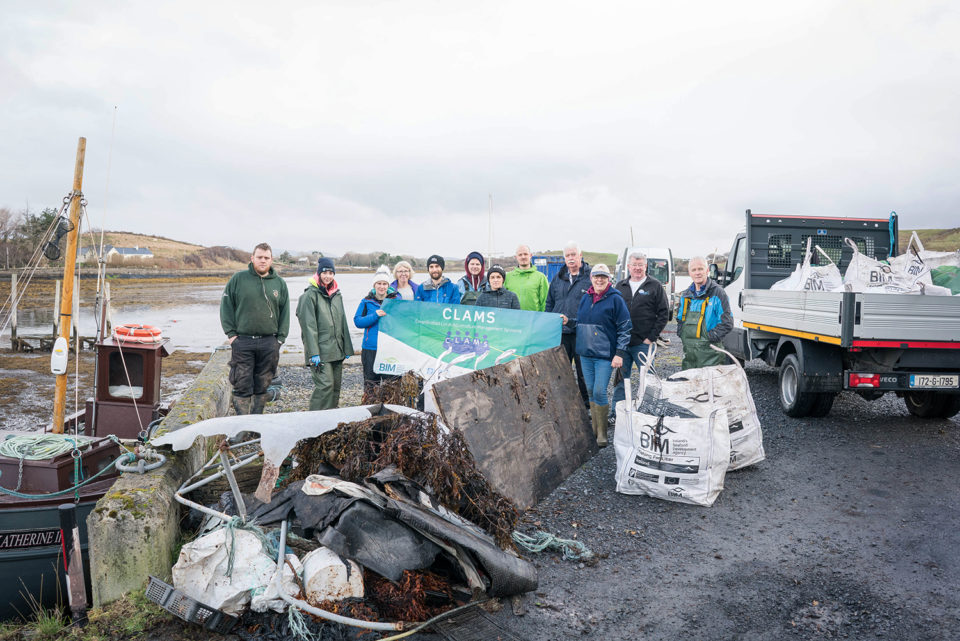
The idea of aquaculture conjures images of fish cages dotting a coastline, or shellfish beds stretching along the shore, or rows of shrimp ponds carved into a brackish landscape. The common denominator in the fish farming systems we envisage is their remote location, where seemingly very little interaction occurs beyond their watery environments.
The reality can be very different, of course. Many small- and medium-sized aquaculture operaions have neighbors; sometimes these are similar aquaculture businesses, but often they will be very different types of ventures. Regardless, these stakeholders either have access to the same water body or they have the potential to impact it.
For notoriously complex and environmentally sensitive businesses like aquaculture, being in close proximity of others brings great risk. Unintentionally, a neighbor’s act has the potential to undermine or even break a farm. But with Clew Bay in County Mayo on the west coast of Ireland as evidence, having neighbors that are on the same page and equally engaged on biosecurity issues can be extremely beneficial.
This 25-km long and 12.5-km wide bay is home to the world’s first and currently only Biosecurity Area Management (BAM) certified watershed, the most recent standard added to the Best Aquaculture Practices (BAP) suite of third-party aquaculture-specific program standards.
Building a standard
Focusing on farming practices that prevent and control potential biological risks and diseases from taking hold in a specific area of aquaculture rather than individual farms, the BAM standard is built on the fundamental principle of bringing local stakeholders together to mitigate such challenges.
SVP of Operations and Strategic Development at BAP, Greg Brown, explained that initial work on the standard began in 2014, with the decision taken in the following year to progress it by focusing on disease management.
Having determined that the watersheds offered the ideal anchor points for the standard as these rivers, bays and sea areas are where the actual aquaculture is taking place, Brown said that the subsequent steps seemed to fall naturally into place.
“Establishing a specific zone makes it possible to identify that watershed’s constituents, which in turn pinpoints the inherent risks,” he explained. “Then it’s about how best to aggregate stakeholders so that they cooperate to mitigate these dangers. Last but not least, a reporting mechanism needs to be implemented to chart progress and achievements.”
BAM was developed over the course of three years, with essential insights coming from pilot areas in Honduras, Chile and Colombia, before being approved at the 2018 GOAL conference, held in Guayaquil, Ecuador. By the time the next conference came around in Chennai, India, Clew Bay had been certified.
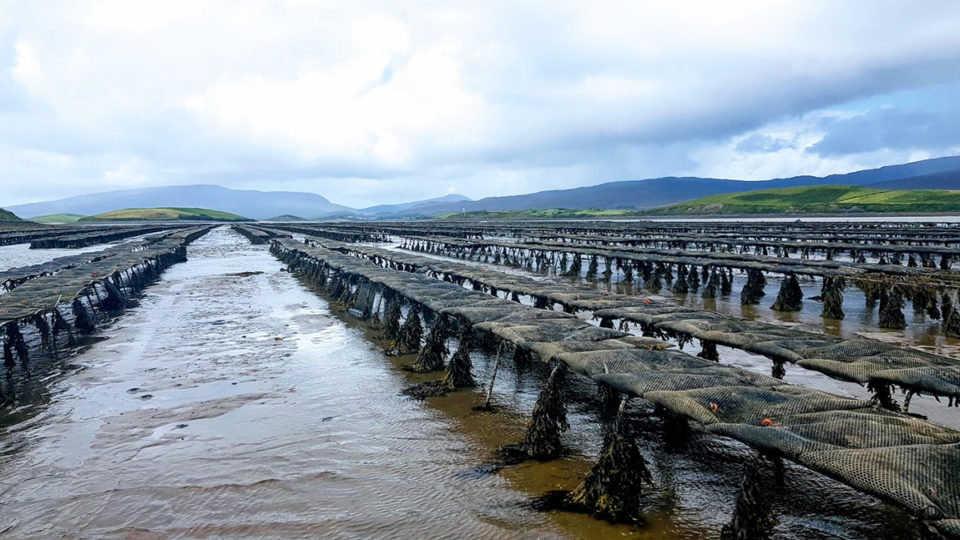
Ahead of the game
The reason for Clew Bay’s rapid uptake of the new standard owed much to the fact that the collaborative nature of its producers had been sparked some two decades earlier through the Coordinated Local Aquaculture Management System (CLAMS), introduced by the Irish government’s seafood agency Bord Iascaigh Mhara (BIM). This initiative sought to establish greater cooperation among the local aquaculture producers, with BIM supporting with coordinating officers and expertise.
Essentially, CLAMS is both a management system and a formal collective of the fish and shellfish farmers. As well as describing the physical characteristics of the bay, its history, aquaculture operations, future potential, problems, etc., it allows various codes of practice to be customized and integrated with the area’s aquaculture operations. Additionally, it provides the framework to draw up aquaculture management and development plans, while also hooking in local communities to quickly identify and address issues that affect or are affected by aquaculture activities.
In Clew Bay, CLAMS has stood the test of time. Indeed, through the system, a lot of the BAM scheme’s criteria had already been met.
Farming activities in Clew Bay are largely focused on shellfish cultivation (oysters and mussels). There are also seven locations dedicated to the production of Atlantic salmon – all now part of the Mowi group. While most of these operations have been hard hit by the COVID-19 pandemic with end-markets severely impacted, the conviction remains that through active collaboration, shared knowledge and a common approach to challenges, Clew Bay aquaculture will bounce back and be even more resilient in the future.
Pre-coronavirus, these firms were producing more than 3,500 metric tons (MT) of products and generating revenues of almost €41 million or around $45 million (2018 figures). Moreover, 142 people were directly employed by these businesses.
There are also traditional fisheries in operation in the bay, including a native oyster fishery, whitefish trawling and lobster potting, as well as shellfish gathering in low spring tides. Some fishers are also involved in the CLAMS group due to shellfish farming interests, including an important interconnection between the oyster fishery and the aquaculture producers. Additionally, the area has homed various pilot projects involving scallops, abalone, and more recently, an interest in seaweed farming.
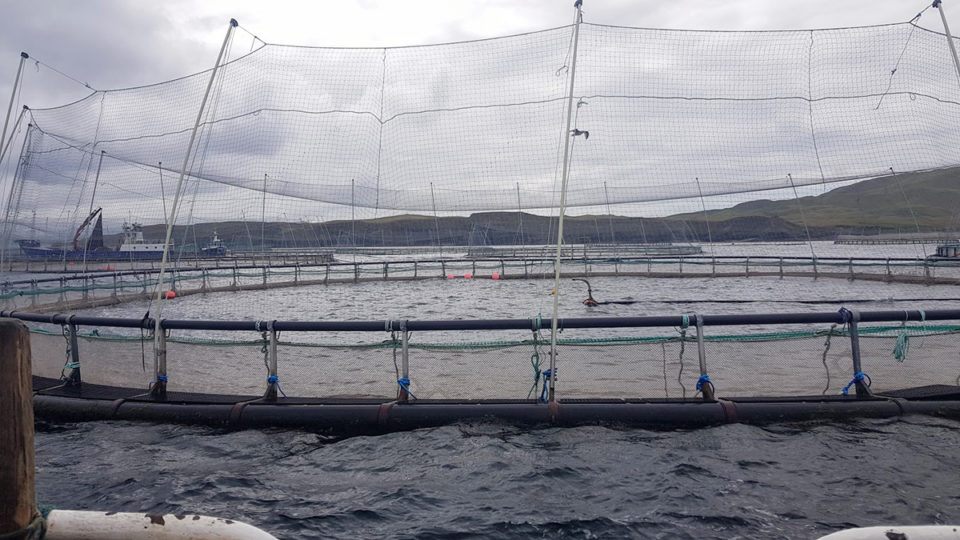
Community acceptance and support
On the water, CLAMS has resulted in multiple key actions and activities that support best practices, said RS Standards’ Dave Garforth. These include: single bay management agreements among producers that support good environmental status; protocols and best-practice for stock introductions and movements; agreed development planning that reflects all users; community involvement through interpretative signs, open days, community beach cleans, schools/college education activities etc.; and also top-quality products being made available to local restaurants, hotels and food outlets.
Garforth also explained that while the integration of the local island communities was already in place in Clew Bay – for example, the salmon farm was originally founded by local businesses and the community coop on Clare Island – CLAMS recognizes the value of community participation in aquaculture development and Mowi continues this recognition.
Clare Island is a key service land base and Mowi is an important employer of locals at a time when Ireland is seeing the depopulation of its island people. Consequently, Clare Island has a thriving community, a school, a church, shops and a busy tourist season – all brought about by stable employment, he said.
Deserved recognition
As chairman of Ireland’s national CLAMS Committee, BIM’s Director of Seafood Technical Services, Donal Maguire, was delighted to see the Clew Bay CLAMS Group realize its plan to be the first in the world to achieve the new standard.
This certification “underpins the integrity and versatility” of the CLAMS approach, he said.
“The Clew Bay Group and the 14 other CLAMS groups ringed around the coast of the island of Ireland, do invaluable work all day, every day to advance the important cause of aquaculture development and to produce pure, safe and traceable seafood,” he added. “Their work builds public trust in this relatively new seafood production system, and in turn, it provides sustainable, environmentally friendly employment and wealth creation in fragile coastal communities where few other opportunities exist.”
Having BAP certification also gives the farmers an internationally recognized platform from which to launch marketing initiatives for their products, “rightly associating them with their bay and the sustainable and responsible manner in which they are produced,” Maguire said. “We hope to see other CLAMS groups follow Clew Bay’s example and rise to the challenge and also seek certification in the future.”
Back at BAP, Brown can’t speak highly enough of the Clew Bay/CLAMS program. “What BIM has achieved there over the past 23 years – constructing a matrix of enlightened self-interest that brings everyone together and benefits them all – is incredible, an absolutely stellar job. They’ve got it so well refined in Clew Bay: The oyster farmers, the salmon guys, the mussel growers, the fishing fleet – everyone is coordinated. They have restaurants in the area that feature this program on their menus – telling customers that the food they are eating is from the CLAMS initiative. There’s even tourism – promotional tours where people can go and look at the different sustainable systems.”
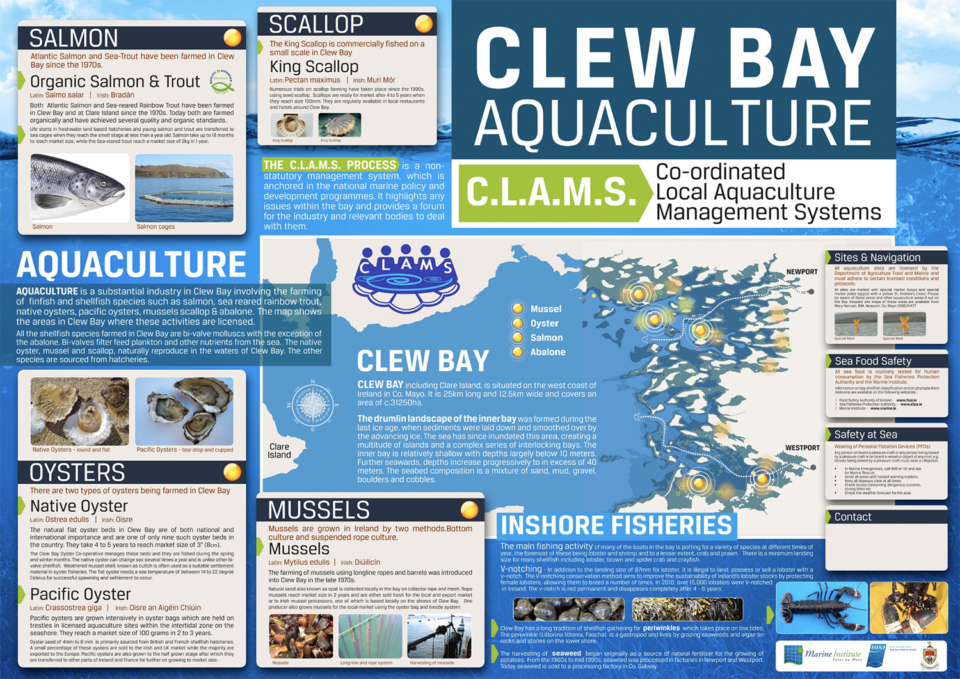
Lessons learned
While delivering coordinated and best area management is a cornerstone of CLAMS, achieving certification to an international standard for globally accepted best-practice in area management is of huge value and benefit, said Garforth, adding that the BAM Standard also covers key priority areas of CLAMS vis-à-vis single bay management, biosecurity, communication, health and risk assessment, and the coordination of practices, including stocking, fallowing and spatial planning.
“It demonstrates that Clew Bay aquaculture meets international best-practice,” said Goforth. “It also demonstrates that CLAMS is a successful and beneficial model for coordinated aquaculture management supporting sustainable, natural resource- based development, community integration and maintaining good environmental status of the area.”
Brown further emphasized the benefit of having a third-party standard that’s supported by independent verification.
“Inherently, there are conflicts of interest in second-party programs because government is trying to regulate, while trying to encourage cooperation, and also trying to encourage exports, etc. In Ireland, BIM via CLAMS is doing a good job of handling that, fostering collaboration, community connection and transparency,” he said. “But in other locations it would be much more difficult to put together a biosecurity area management program that follows such a principle. And yet, all over the world there are people trying to do just that because of the challenges they are facing.”
While having a 20-year head start certainly helped Clew Bay achieve its BAM accreditation, Brown believes this first certification proved that each project needs a strong aggregating force in the community that brings stakeholders together: “In Clew Bay, BIM fulfilled this role, and while having such an enlightened regulatory agency with a strong mandate for export production is a significant advantage, in most regions the tendency is for such bodies to focus almost entirely on regulatory issues.”
This raises the question of who should fill that space, he said. Should it be a producer association, a trade association, a government- sponsored export promotion association, or an entirely different type of entity?
“Experience has shown that the best approach is to first identify the stakeholders and from there learn who their third-party influencers are,” he said. “What we’ve learned is that it’s really important to do the groundwork and identify all those constituents, even though they may not be apparent early on. And then from there, they have to pull together a mechanism of how they are going to cooperate among themselves because you cannot force people to cooperate. That’s crucial. You can bring horses to water, but you can’t make them drink.”
Follow the Advocate on Twitter @GAA_Advocate
Now that you've reached the end of the article ...
… please consider supporting GSA’s mission to advance responsible seafood practices through education, advocacy and third-party assurances. The Advocate aims to document the evolution of responsible seafood practices and share the expansive knowledge of our vast network of contributors.
By becoming a Global Seafood Alliance member, you’re ensuring that all of the pre-competitive work we do through member benefits, resources and events can continue. Individual membership costs just $50 a year.
Not a GSA member? Join us.
Author
-
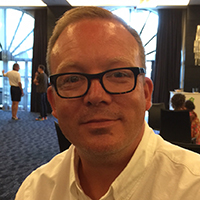
Jason Holland
Jason Holland is a London-based writer for the international seafood, aquaculture and fisheries sectors. Jason has accrued more than 25 years’ experience as a B2B journalist, editor and communications consultant – a career that has taken him all over the world. He believes he found his true professional calling in 2004 when he started documenting the many facets of the international seafood industry, and particularly those enterprises and individuals bringing change to it.
Tagged With
Related Posts
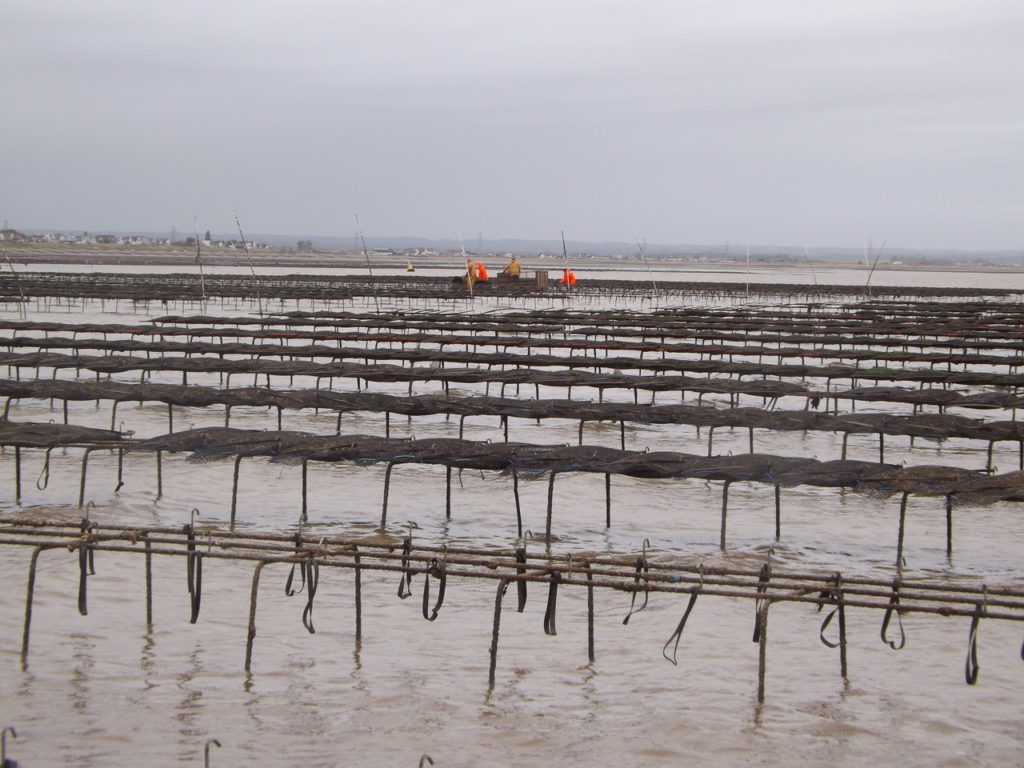
Intelligence
Aquaculture has put the oysters back in Oyster Town
Whitstable Oyster Fishery Co. aims to safeguard the English town’s rich oyster tradition. Farming triploid oysters on racks in intertidal zones has made a "massive difference," says the company's managing director.
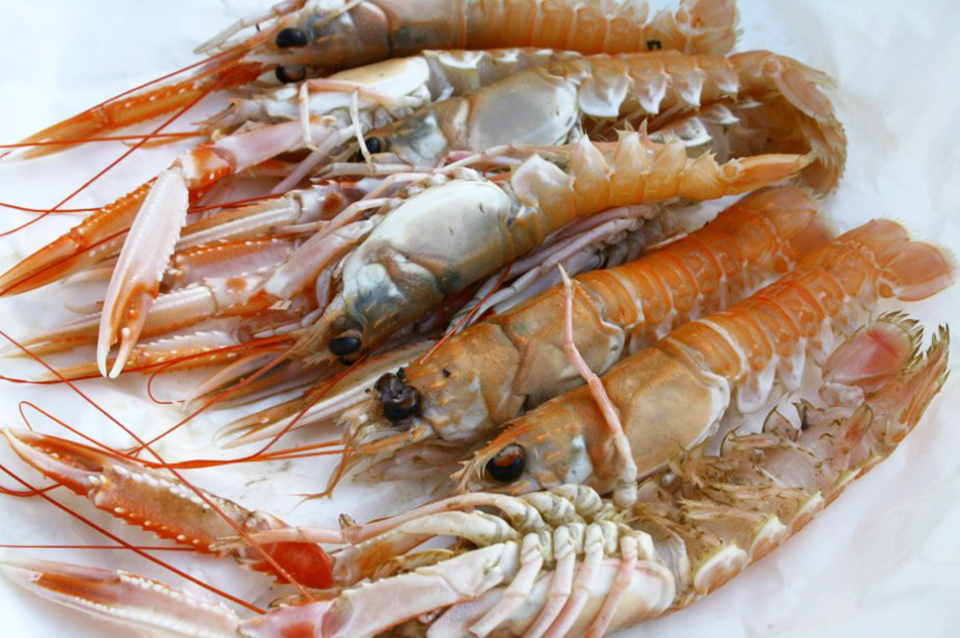
Innovation & Investment
Plastic 2.Ocean: Seafood packaging, made from shellfish
A new type of chitosan-based bioplastic, made from shellfish shells, emerges as a potential solution for global food waste and marine plastic pollution.
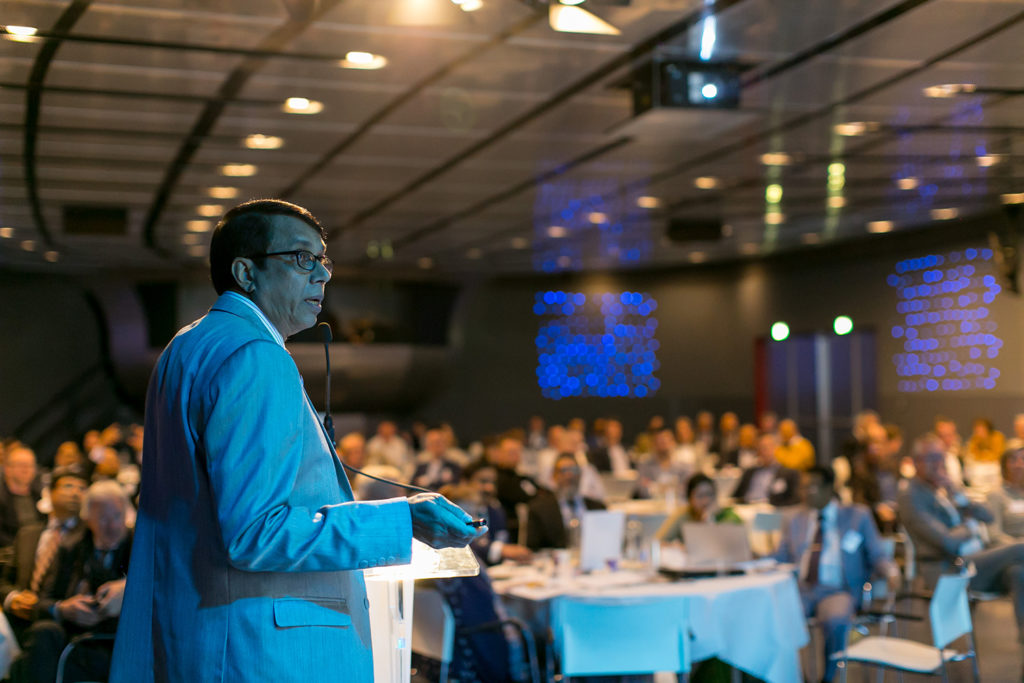
Intelligence
Bangladesh seeks more buck for its ‘bagda’
As more than 80 percent of Bangladeshi shrimp exports already go to EU markets, a consultation meeting involving buyers from the bloc and Bangladesh industry stakeholders and authorities was held at the end of last month in Utrecht, the Netherlands.
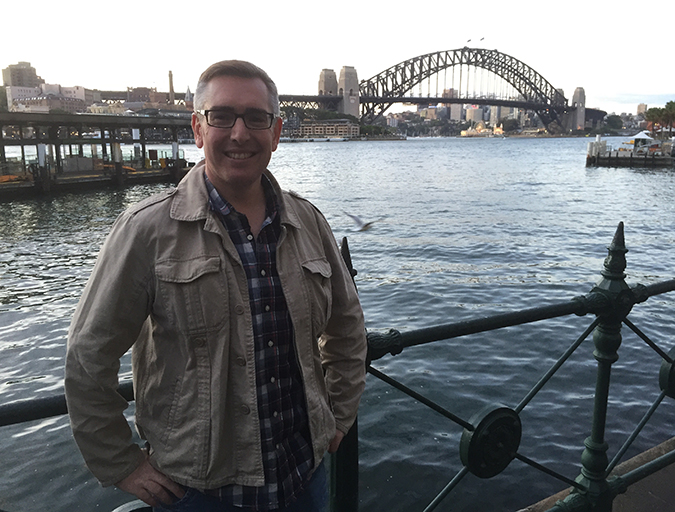
Innovation & Investment
Aquaculture Exchange: Tom Pickerell
The technical director for the U.K. seafood industry authority, Seafish, talks to the Advocate about the challenges facing aquaculture expansion and why it will be seafood that fills the protein gap that many are expecting in the future.

